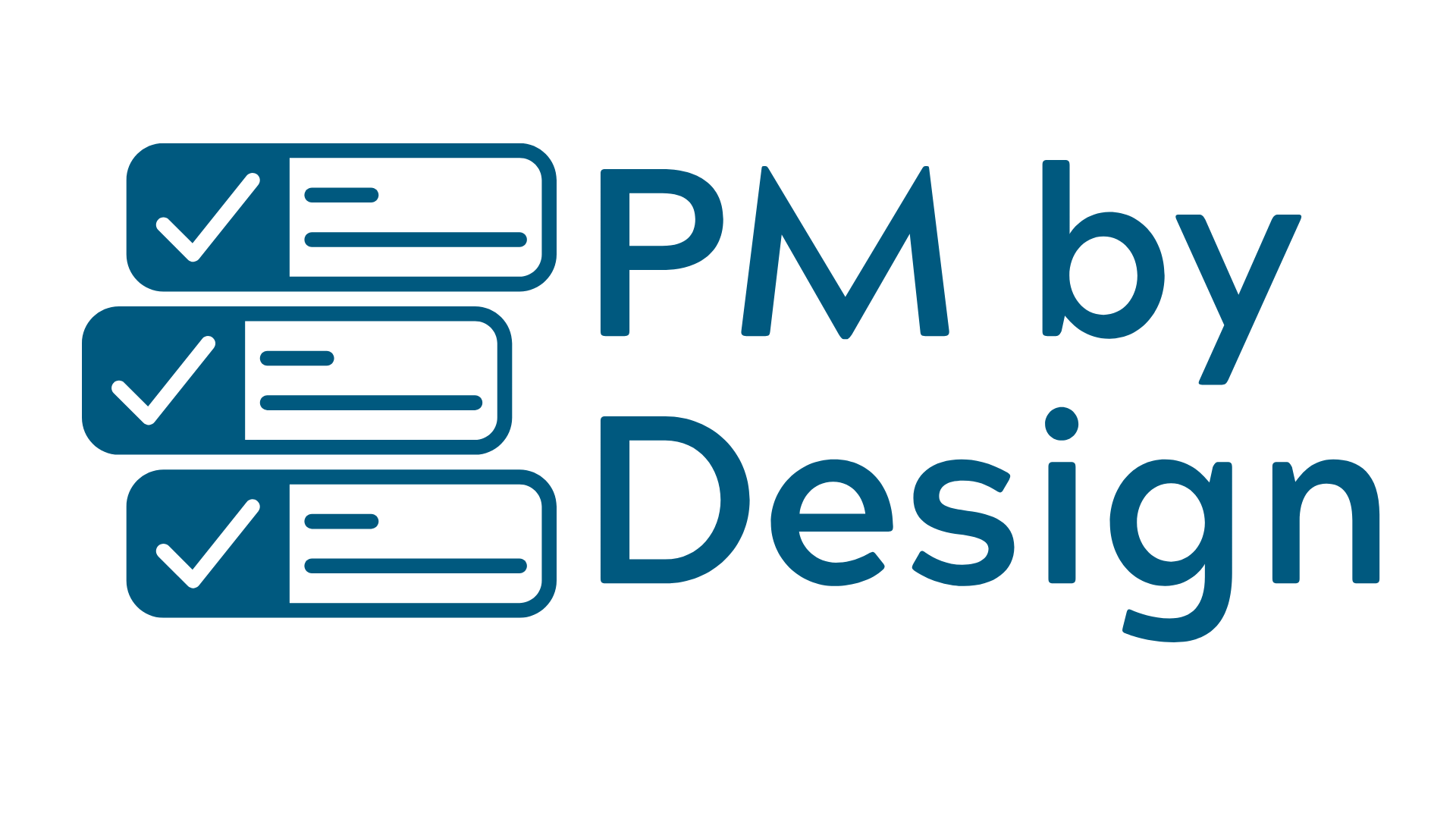What is a Sponsor?
A sponsor is a person—often in a leadership or decision-making role—who champions a project, provides strategic guidance, and helps remove obstacles to success. Sponsors are typically not involved in the day-to-day execution of the project, but they play a critical role in securing resources, aligning priorities, and advocating for the project’s success at the institutional level.
In higher education, a sponsor might be a dean, department chair, vice provost, or other senior administrator who has a vested interest in the outcome of the project and the authority to help move it forward.
What are the benefits of having a Sponsor?
Having a strong project sponsor is one of the most important success factors in higher education project work. A sponsor can:
- Provide Strategic Alignment: Sponsors ensure that the project aligns with institutional priorities, such as student success, equity, or operational efficiency.
- Champion the Work: Sponsors advocate for the project with other leaders and stakeholders, helping build visibility and buy-in.
- Secure Resources: Sponsors can help unlock funding, staffing, or system access needed for the project to succeed.
- Remove Barriers: When a project runs into roadblocks—bureaucratic, political, or logistical—a sponsor can intervene to keep things moving.
- Support Accountability: Sponsors help ensure that projects stay within their scope, deliver on their intended milestones, and meet performance goals or key performance indicators (KPIs).
For example, if your project involves rolling out a new academic advising model, a vice provost serving as a sponsor could help align your work with institutional student success goals and advocate for the necessary staffing or policy changes.
Where might you see a Sponsor in higher education?
Sponsors are particularly important for:
- Strategic initiatives, such as retention efforts, DEI work, or long-term academic planning.
- Cross-departmental projects, where coordination and alignment are crucial (e.g., integrating student systems or developing interdisciplinary programs).
- Change management efforts, where cultural or operational shifts require leadership support.
- Grant-funded projects, where internal champions can help align institutional support and commitment.
Imagine a university implementing a new student engagement platform. A vice president for student affairs might sponsor the project, providing strategic guidance, helping resolve vendor negotiations, and ensuring other departments are aligned and engaged.
A step-by-step guide to working with a Sponsor
- Identify the right sponsor by choosing someone who has influence, a stake in the project’s success, and the time and willingness to support the work. Ideally, this person has credibility with key stakeholders.
- Early in the project, define what support you’ll need from your sponsor—this might include attending key meetings, providing visibility, or escalating decisions.
- Share regular updates through a dashboard, email briefings, or check-in meetings. Keep things concise and focus on major progress, risks, and decisions needed.
- Ask for your sponsor’s support when you need to unlock resources, navigate resistance, or communicate about the project more broadly across campus.
- After the project, include your sponsor in the after-action review or summary of lessons learned, especially if there are broader institutional takeaways.
Reflective questions
- Who typically sponsors projects in your area of work? How are they engaged?
- What qualities make for an effective project sponsor in a higher education context?
- How do you communicate with sponsors and keep them connected to project progress?
- Could your project benefit from a more engaged or better-aligned sponsor?
- What would you need to be successful if you were a project sponsor?
- How could your sponsor help address potential scope creep or support the approval of key deliverables?
- What support or coaching might a sponsor need from you to be successful in their role?
